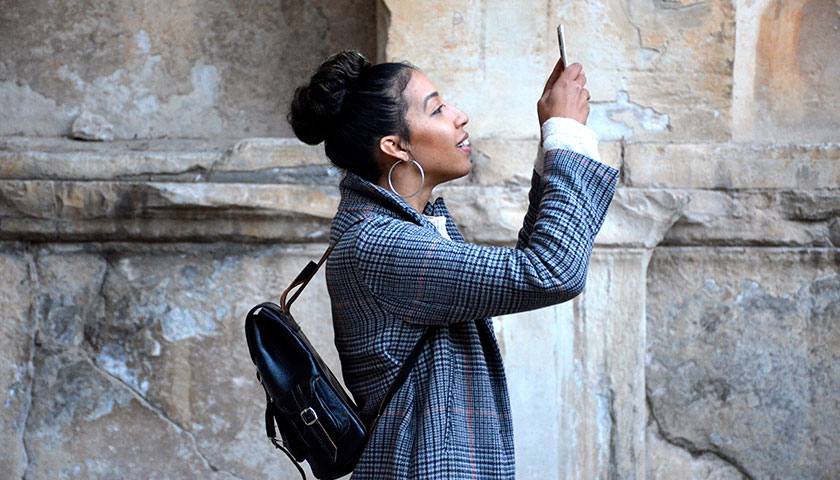Lessons from UGC in 2020 - and How it Can Help You in 2021

As consumers battled to get used to the “new normal” in 2020, brands were also faced with finding new ways to stay connected with their audience.
Not only that, but the last twelve months have completely destroyed the concept behind big advertising campaigns. Social distancing meant camera crews weren’t able to gather, while many brands faced content production limitations.
But there was one type of content that was particularly pandemic-friendly: user-generated content (UGC).
In 2020, we saw a dramatic surge in customer-created photos and videos, across all different industries. Brands were able to collect and share content under tight budgets, with short deadlines, and without going all out on production.
More importantly, they were able to share content that tapped into a growing need for human connection - which will remain a key element to consider in your 2021 approach.
Why UGC Connected Consumers Around the World in 2020
'Connection' was the buzzword of 2020.
People were forced to stay home under strict lockdowns, as part of the COVID-19 mitigation effort. We were separated from family and friends, and the whole ordeal left a lot of people searching for connection anywhere they could find it.
The pandemic has brought a sense of “we’re all in this together" with it and brands, are able to use this to maximize their own connection.
Take Michigan Medicine, for example. They encouraged people to share drawings, photos, and words that recognized the sacrifices that medical workers have made.
Understandably, people didn’t want to feel alone, and the internet brought comfort in the form of UGC. It brought people together, and created communities around brands, while also giving people hope and uplifting stories to focus on.
The Power of UGC - Why It Was the Most Needed Form of Content in 2020
UGC wasn’t just the easiest type of content to create in 2020 - it was needed.
Here’s why: It facilitated a surge in 'globally-focused' content
Brands that attracted a local audience pre-pandemic found their doors blown wide open to a global customer base. As stay-at-home orders forced people to, well, stay at home, large numbers turned to online shopping. This enabled brands to focus on optimizing their online stores, and serving customers that weren’t just in the local vicinity of their brick-and-mortar store.
UGC helped bring all of this together, enabling brands to connect with customers wherever they were in the world.
Essentially, UGC fostered human connection - and that connection is more important than ever during a global crisis.
As humans, we want to feel a part of something, and a pandemic is a scary time for everyone. UGC helps bring like-minded people together, inject a sense of community, and create more “human” campaigns instead of polished, branded offerings.
Mastercard’s “Apart, but united” campaign is a great example of a brand doing this well - they pieced together real footage from customers into a short, docu-style video that was emotional and connective.
Consumers were actively seeking inspiring, uplifting, and relatable content during the pandemic. In fact, one study showed that 70% of people wanted brands to share positive content.
They especially sought content that acknowledged the turbulent situation we were all in, but that did so in a sensitive way.
UGC bridges the gap between brands and buyers and increases the sense of belonging.
Oreo’s #stayhomestayplayful cross-platform campaign shows this in action. It reminded their audience that happiness can still be found, even in the hardest of times.
If 2020 has taught us anything, it’s that anything can happen at any time. No one expected last year to turn out the way it did, and it shows that being able to successfully pivot is a must-have for brands.